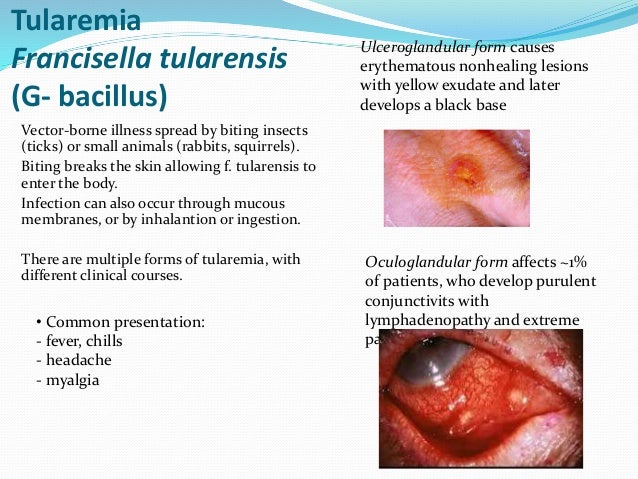Francisella Tularensis Ulceroglandular

In natural infections ulceroglandular tularemia is the most common form.
Francisella tularensis ulceroglandular. The pneumonic form of the disease occurs rarely but is the likely form of. Four major subspecies or biovars exist. Ulceroglandular are left untreated and the bacteria spread through the bloodstream to the lungs. It can be divided into 3 main subspecies figure 1 but not all.
The bacterium francisella tularensis causes tularemia. Summary francisella tularensis is the etiological agent of tularemia a serious and occasionally fatal disease of humans and animals. Because of the highly infectious nature f. The typhoidal form is seen in 5 to 15 the glandular form in 5 10 and the oculoglandular form in 1 to 2.
Tularemia is caused by the bacterium francisella tularensis. This form results from breathing dusts or aerosols containing the organism. Francisella tularensis tularemia fact sheet as pdf introduction. In humans ulceroglandular tularemia is the most common form of the disease and is usually a consequence of a bite from an arthropod vector which has previously fed on an infected animal.
Tularemia results from infection by francisella tularensis formerly known as pasteurella tularensis a gram negative. Tularemia is an acute febrile granulomatous infectious zoonosis caused by francisella tularensis an aerobic gram negative pleomorphic bacillus f tularensis is one of the most infectious bacterial species known as it can cause illness in humans with exposure to as few as 10 50 organisms. Francisella tularensis is the etiologic agent of tularemia and with rare exception the only disease produced by this genus. Properties of francisella tularensis.
Tularemia can also infect birds sheep and domestic animals such as dogs cats and hamsters. Causes highly infectious as few as 10 organisms can cause disease and the organism can enter the human body through skin eyes mouth or lungs but treatable can be treated successfully with antibiotics. They differ in virulence and geographic range with f. It occurs in 75 to 85 of cases.
By carle terrasse and sarah stern introduction f tularensis is an intracellular nonmotile coccobacillus responsible for the zoonotic transmissible from animal to human disease tularemia. Tularensis is currently classified as category a agent of bioterrorism. Pneumonic this is the most serious form of tularemia. It can also occur when other forms of tularemia e g.
Tularensis is considered to be a serious potential bioterrorist threat because it is one of the most infectious pathogenic bacteria known inhalation of as few as 10 organisms can cause disease and it has substantial capacity to cause serious illness and death. The organism is a small gram negative pleomorphic nonmotile nonspore forming coccobacillus measuring 0 2 x 0 2 to 0 7 mm. The disease mainly affects rabbits hares and rodents such as muskrats and squirrels.

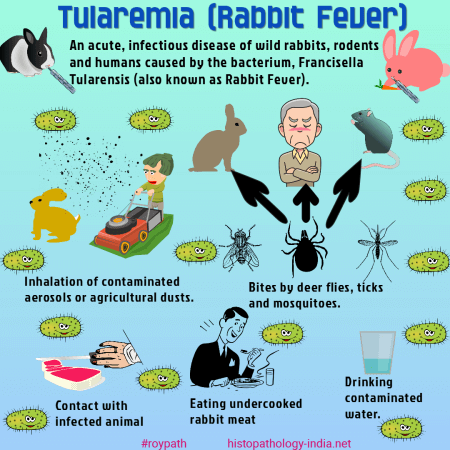
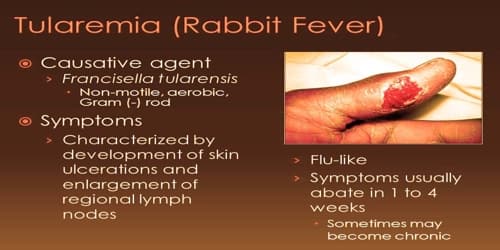
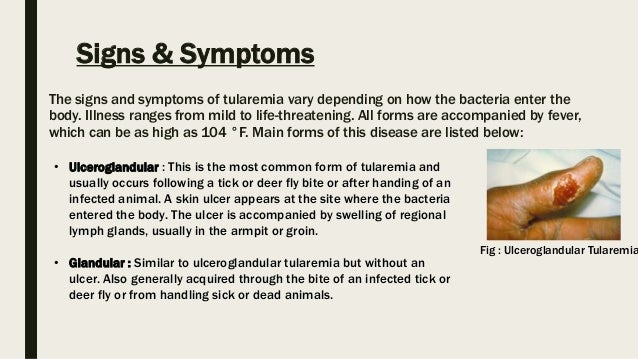
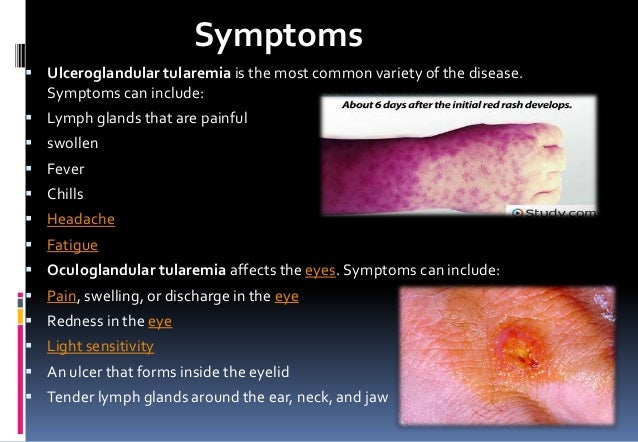




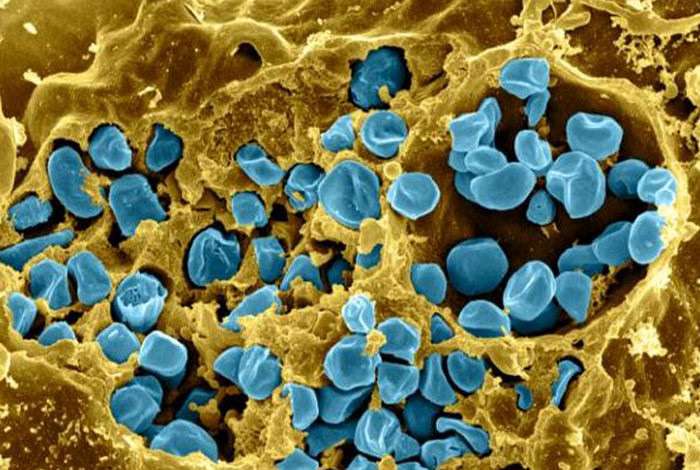



:strip_icc():format(jpeg)/klikdokter-media-buckets/medias/2300312/original/058098300_1537866923-Tularemia-By-Jukka-Palm-Shutterstock.jpg)



